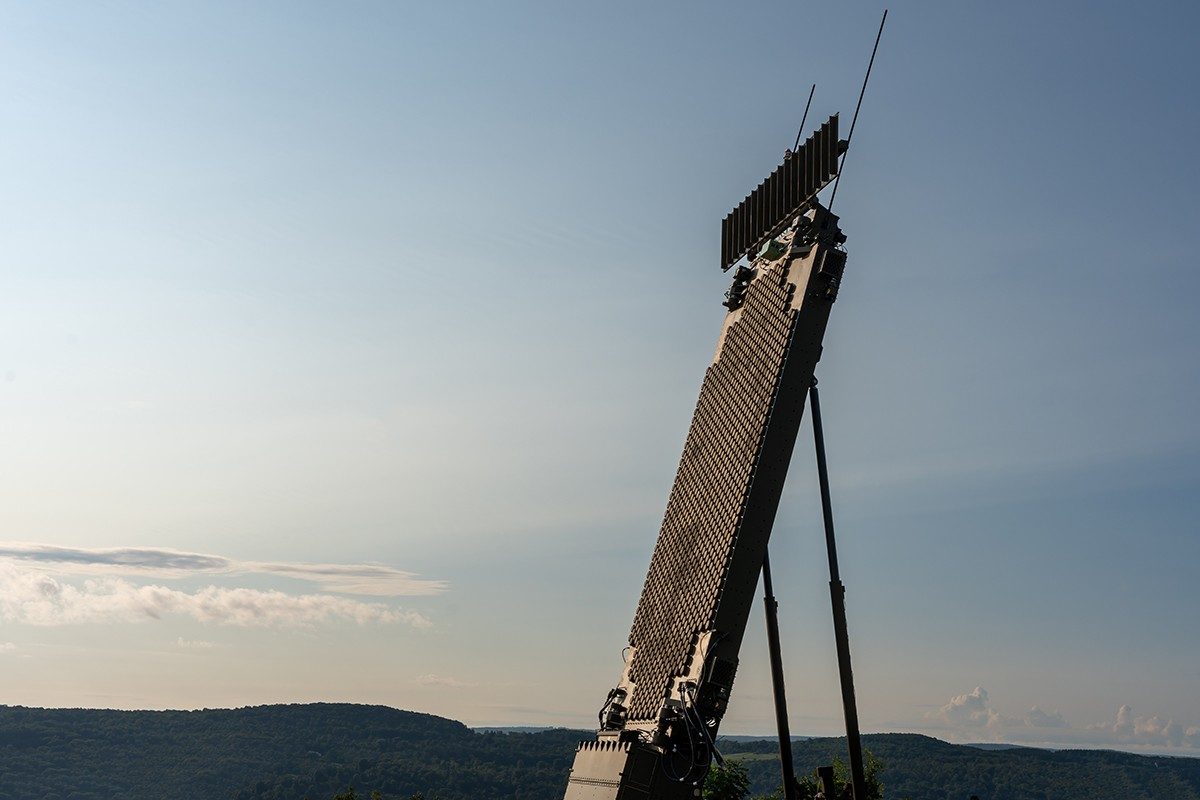What Is a Radar Band and Why Is It Important?
Don’t be fooled by the name – radar bands aren’t the latest musical craze.
A radar frequency band, or radar band for short, is a specific range of radio frequencies that radars use to transmit and receive signals. Each range of frequencies has a unique property suitable for various applications.
Think of it like an Olympic swimming competition. Different swim events call for different strokes and take place over varying distances.
Similarly, each radar band has different parameters – like backstroke or breaststroke in swimming – and allows for different types of detection and ranges – like swim lengths.
Let’s dive in to see how these frequency ranges work.
Radar bands are categorized by low, mid and high bands, each having different frequency ranges.
Fun Fact
Low Band
HF, VHF, UHF and L operating in 3 MHz-2 GHz Frequency
Radars using this portion of the electromagnetic spectrum are particularly effective at long-range target detection of challenging targets such as low and high speed small targets in cluttered environments. That’s because lower-frequency radar signals have a longer wavelength. This allows them to penetrate the atmosphere without losing strength and makes them less susceptible to environmental clutter and atmospheric losses. Low-band radars are also generally more power efficient when compared to higher-frequency radars of similar range.
Some of the first operational radars were low-band radars. Today, advanced long-range surveillance radars include the world’s most advanced and capable airborne early warning sensor, the APY-9 radar (as seen on Navy’s E-2D aircraft like the one in Top Gun Maverick), and storied ground-based radars such TPS-77 and TPY-4. In fact, TPY-4 was recently selected by the Royal Norwegian Air Force and the US Air Force for homeland defense.

Mid Band
S, C operating in 2 GHz-8 GHz Frequency
Radars in the mid-band range, as the name implies, strike a balance between long-range and short-range capabilities. Mid-band radars are well suited for applications requiring moderate resolution and detection range, making them ideal for air & missile defense, weather monitoring, multi-function air defense and tracking.
Some of Lockheed Martin’s most prominent radars operate in the mid-band range. These include the U.S. Army program of record Q-53, which is currently being upgraded to address new missions, the storied SPY-1 ballistic missile defense radar, the Long Range Discrimination Radar (LRDR) and the newest TPY-6 radar or the Defense of Guam. Both LRDR and TPY-6 employ SPY-7 technology.
High Band
X, Ku-Band, Ka-Band operating in 8 GHz-40 GHz Frequency
High-frequency radar signals have shorter wavelengths and provide better angle accuracy and resolution.
In addition to other factors including antenna size and spectral efficiency, high-frequency radars’ shorter wavelengths mean they can go through more cycles in a given period , contributing to a broader operating bandwidth. Radars that operate in this range are best known for fire control, navigation, terrain following, and high-resolution mapping.
The Sentinel A4 radar – an X band radar – is the world’s premier air & missile defense radar, and the U.S. Army’s program of record for integrated air & missile defense. It will be integrated with the National Advanced Surface-to-Air Missile System (NASAMS) air defense system for the U.S. National Capital Region. It is also the U.S. Government’s program of record replacement to the Sentinel A3 for International NASAMS users.




